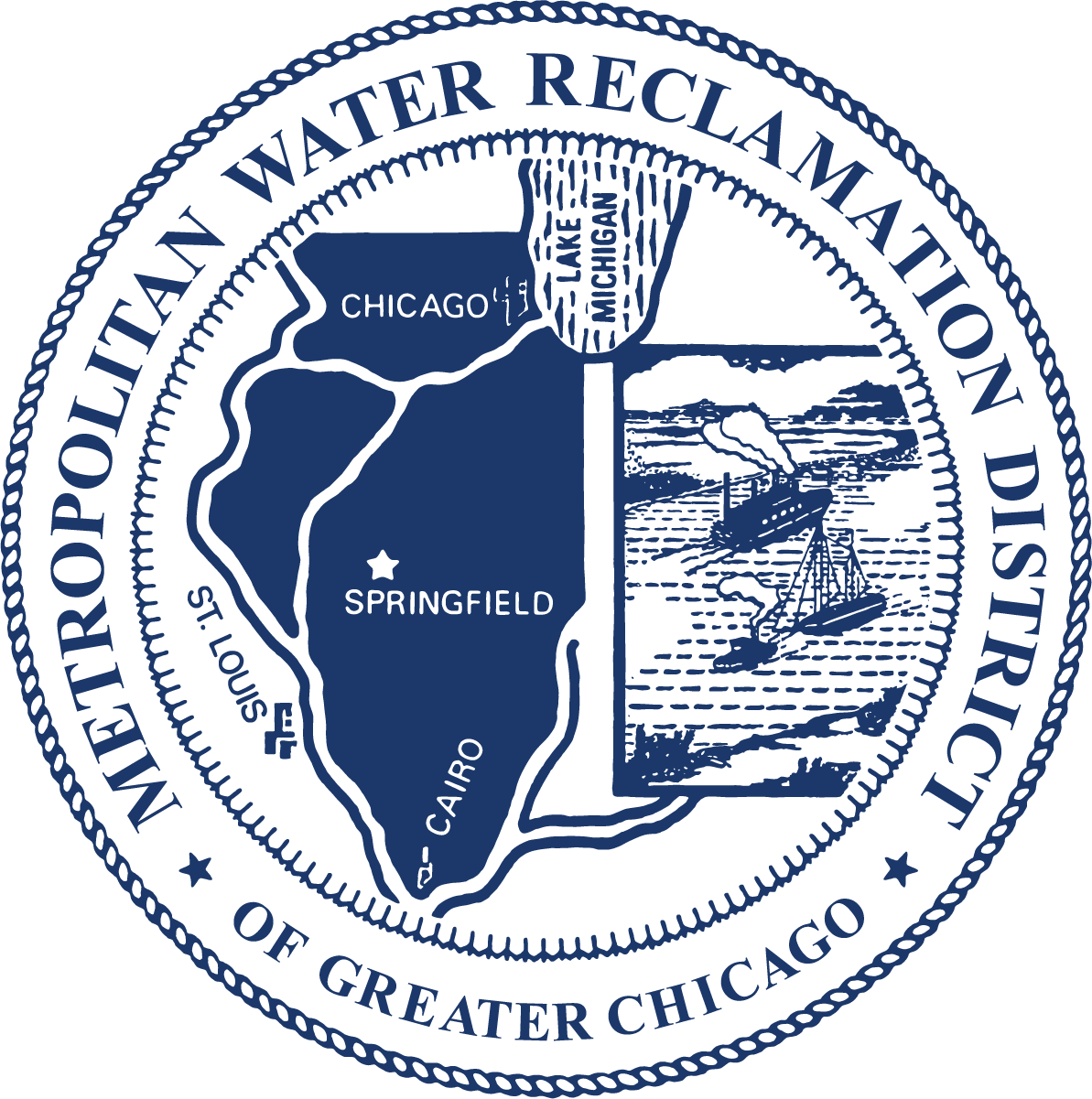"Ahead of freezing rain, Chicago residents asked to take it easy on salt," NBC Chicago
NBC Chicago: Up to one-tenth of an inch of ice could potentially impact area roadways and sidewalks, officials warn
As the Chicago area braces for freezing rain and drizzle, officials are asking residents to take it easy on the salt when it comes to melting ice.
While temperatures will be warm enough to use salt to melt and prevent ice buildup on roads and sidewalks, there are dangers posed by using too much salt, which can impact wildlife, pets and area waterways.
Ice is possible in the evening hours across the area as freezing drizzle and sleet impact the region, posing hazards for drivers and pedestrians alike, according to officials.
Crews are being deployed to treat those surfaces, but they’ll be asked to do so carefully. According to the Metropolitan Water Reclamation District of Greater Chicago, excessive salt usage can do serious harm to water sources, and can also negatively impact wildlife, soil, and even the paws of animals that walk on the treated surfaces.
❄️ Winter weather is coming! Salt enhances safety and helps with icy conditions, but excessive salt use can also harm our local water environment, fish, wildlife, insects, bodies of water, soil, and the paws of our four-legged friends.🦮🐈🐿️🐾 Learn to #SaltSmart this winter at MWRD.org/Salt! 🐢🐟🦝 #MWRD
Metropolitan Water Reclamation District of Greater Chicago (@mwrdgc.bsky.social) February 5, 2025 at 1:54 PM
The impact on waterways has been studied by scientists, with startling statistics emerging from that research. According to a study cited by Science Friday, the Upper Mississippi River Basin has seen an increase of at least 33% in chloride levels since the 1980s, with excess road and sidewalk salt ultimately flowing into the river.
That problem could be even worse in smaller rivers and streams that flow at slower rates, according to researchers.
Road salt in the Chicago area can end up in Lake Michigan or the Chicago River, impacting salt levels in those waterways and potentially posing serious problems for waterfowl and aquatic life, according to researchers.
